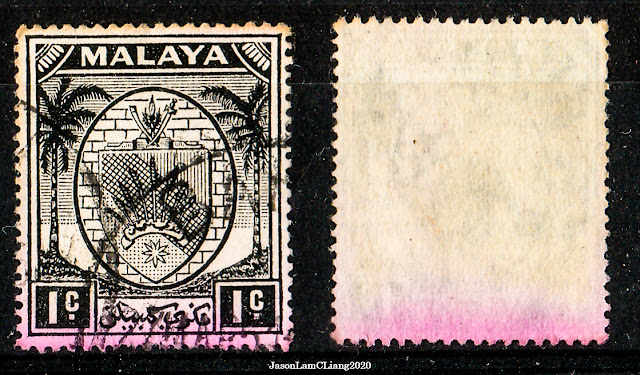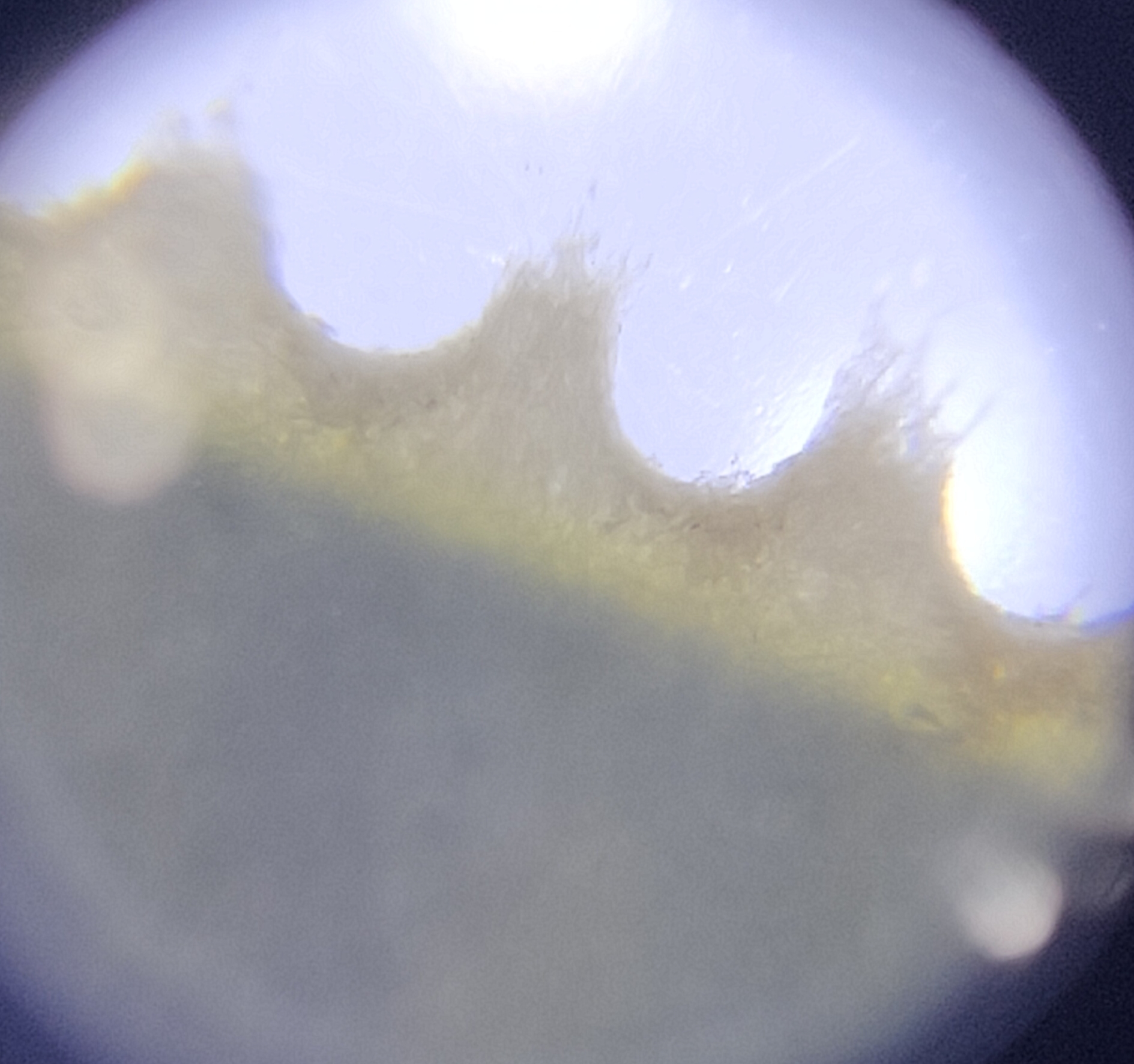The conventional method of removing stamps off paper is by soaking in lukewarm water. However, there are certain stamps that should stay far from the soak-in-a-bulk technique especially those that were printed with fugitive ink.
Fugitive ink wash off when exposed to water or any organic solvent such as spirits, which will stain the stamps and other unlucky stamps too that soaking together. Thomas De La Rue & Co., a firm based in London is quite well-known in terms of the usage of fugitive inks especially shades of purple to magenta and green. The nature of fugitive ink, I believe, is solely to combat the issue of reusing stamps by removal of postmarks. From all the gentle scrubbing while removing postmarks, one could potentially smudge the entire stamp in purple or green.
With that, it is important to have knowledge of which printing firm responsible for any said stamp prior to soaking. If not, separate the purple and green ones for careful removal and to avoid the washed off ink from staining other stamps.
 |
| Negeri Sembilan 1 cent black stained with fugitive ink. |
 |
| Three Negeri Sembilan coconut definitives with denominations 15c, 6c, and 2c that were stained purple. |
In this write-up, examples would focus primarily on the purple fugitive inks by De La Rue on the coconut definitives of Malaya since they are more 'damaging' compared to green ones. As seen on both examples above, the fugitive ink that was washed off really stains but how about the purple stamp itself?
 |
Negeri Sembilan 10c purple
|
 |
| Notice how the ink has washed and stained the white parts of the number '10'. |
To answer the question of how it affects the purple stamp itself (allow me to interchangeably call it fugitive stamp in reference to purple or magenta colored stamps), w
hen soaked, the colors on a fugitive stamp may initially become brighter and slowly fades off from prolonged soaking. With the above example, it is quite evident that the purple ink had washed off from the left stamp. The 10c on the right shows that the ink had even suffused through the paper making it visible from behind.
 |
| A very heavy stain |
The example above depicts a more serious ink runoff, which just shows the extent of how dangerous it is to leave it soaked, which now begs the question: how does one remove these fugitives carefully off paper?
Let them float face up without submerging the surface of the stamp and let science (capillary action) do the work! Without agitation, water will eventually diffuse through and dissolve the gum.
Note on stamps:
1. Negeri Sembilan 1949 ISC43 1 cent Black - State Definitives
Wmk. Multi Script CA
Perforations: 17.5/18
2. Negeri Sembilan 1949 ISC44 2 cents Orange - State Definitives
Wmk. Multi Script CA
Perforations: 17.5/18
Negeri Sembilan 1949 ISC48 6 cents Grey - State Definitives
Wmk. Multi Script CA
Perforations: 17.5/18
Negeri Sembilan 1949 ISC53 15 cents Ultramarine - State Definitives
Wmk. Multi Script CA
Perforations: 17.5/18
3. Negeri Sembilan 1949 ISC51 10 cents Purple - State Definitives
Wmk. Multi Scrip CA
Perforations: 17.5/18
4. Negeri Sembilan 1949 ISC47 5 cents Bright Purple - State Definitives
Wmk. Multi Script CA
Perforations: 17.5/18







For those fugitivw inks, I managed to wash them off using Chlorox.
ReplyDeleteHi, thanks for the reply. But would Chlorox bleach the ink entirely or do you use a specific chlorox to water ratio to prevent that from happening?
DeleteI use normal clorox bleachs (3/4 cap) together with 2.5 cups of Claytan noodle cup. I found this ratio to be perfect.
DeleteSee results: Before https://ibb.co/fvpgKcz
After https://ibb.co/3W7cPQ8
That's amazing! I will definitely try it on some stamps. Thanks for sharing the tip!
DeleteForget add one more point, there are no set amount of time. Some stamps can be soaked as little as 2 to 3 mins, some need to soak as long as 30mins to 45mins (but need to monitor every 5mins or so) .
DeleteI also sometimes use warm water (0.5 claytan noodle cup hot + 2 cups normal )